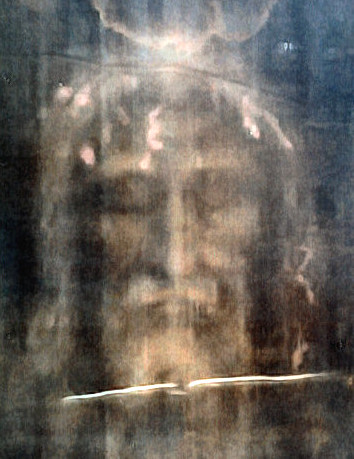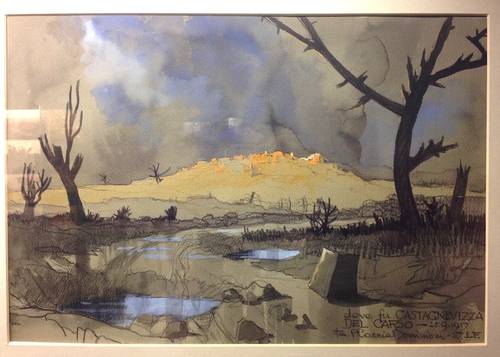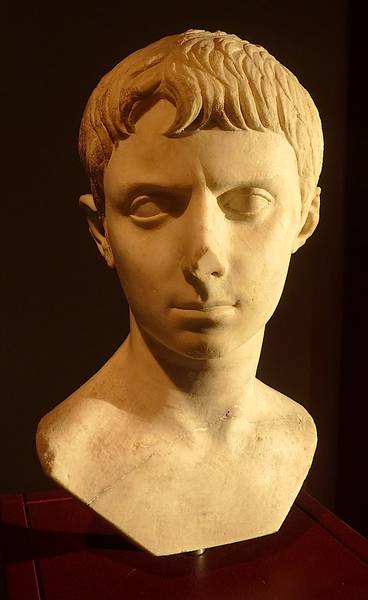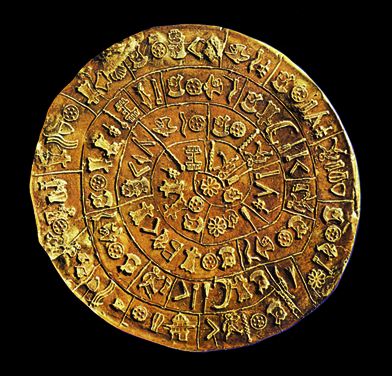“Throw reason to the dogs! It stinks of corruption.” While browsing the Guardian website the other day, I came upon this injunction in an article by Jason Burke, who had seen it scrawled on a wall in Kabul in the 1990s. It was only a matter of minutes after reading it that I checked my inbox and found an email from the historian Charles Freeman, alerting me to his article about the Turin Shroud in this month’s History Today.

Reason. The goddess who arrived with the Enlightenment, with the Reformation. We in the West, self-appointed guardians of the world’s morality, like to believe that we are governed by Reason. But do we fool ourselves? Scientists who question climate change are liable to a similar reception as that with which the Inquisition favoured Galileo. We have our shibboleths and we don’t want to rock them any more than those early 17th-century ecclesiarchs did. Humankind is still guilty at times of being interested not in ideas but in ideology.
Charles Freeman is not one of those. He is firmly on the side of Reason. His fascinating article argues, persuasively, that the Turin Shroud is not the original winding-sheet of Christ but a medieval epitaphios. That is not to make it a forgery. It’s a genuine article, a cloth woven in the 14th century for use in the kind of mystery plays that took place around the Easter Sepulchre. Trawling English country churches as an earnest teenager, Pevsner in hand, I often found myself alerted to the presence of “a fine Easter Sepulchre”. When I found it, I always saw the same thing: a sort of arcosolium, an arched recess with a ledge in it, high enough to sit on. Sometimes the arch was traceried, sometimes plain. But that was all. I always wondered what the Easter Sepulchre’s purpose was. In Freeman’s article we find out. He describes the tradition of the Quem quaeritis (“Whom do you seek?”) Easter mystery plays that re-enacted the events around the Empty Tomb. For these a cloth was required, the winding sheet left behind by Christ on his Resurrection. The Shroud of Turin was one such.
Its claim to be a much older, expressly sacred, relic came in the mid-15th century, says Freeman, when the Dukes of Savoy sought ways to bolster their legitimacy and influence. This seems quite possible. “Relics” were often miraculously discovered by priests or statesmen seeking to revive a flagging popularity or power. The Holy Blood at Mantua is one example. The Chains of St Peter in Rome another. And any number of Holy Thorns in reliquaries scattered across Christendom.
Yet people still stubbornly persist in venerating the Turin Shroud. Why? Are they so impervious to reason and logical argument? I think not. I think it is more a case of people not needing to be troubled by the sordid and disappointing truth. Reason is, after all, by its very nature a source of disillusion. It robs everything of suggestion and fantasy. Much as a small child really doesn’t need to be told by a cocky older sibling that Father Christmas doesn’t exist. In his heart of hearts he knows that. He just doesn’t want to go there.
Freeman’s article has made it much more likely that I will make the journey to Turin in 2015, when the Shroud is once again put on public display. Interestingly—and Freeman is at pains to point this out—the Church itself takes an ambivalent stance. It does not claim that the Shroud is the genuine cloth of Christ. In fact it was the Church that commissioned the carbon dating in 1988, which placed the Shroud somewhere in the 14th century. Yet even if it did originate in a medieval prop-box, centuries of veneration have conferred sanctity upon it. It is valuable as an artefact that reminds us, against all the promptings of reason, that we mortals might—just might—be destined to rise from the grave.
Charles Freeman, history consultant to the Blue Guides, is the author of Holy Bones, Holy Dust: How Relics Shaped the History of Medieval Europe, reviewed here.











